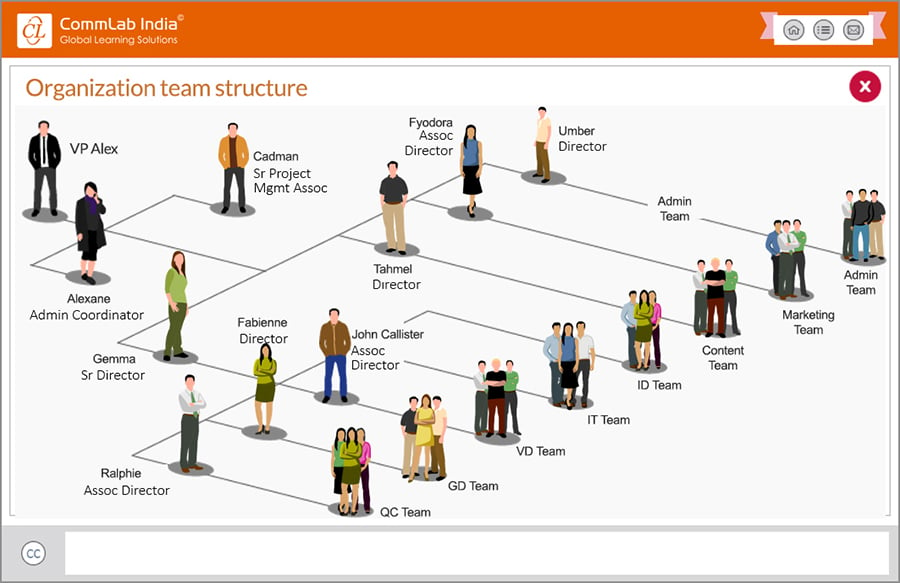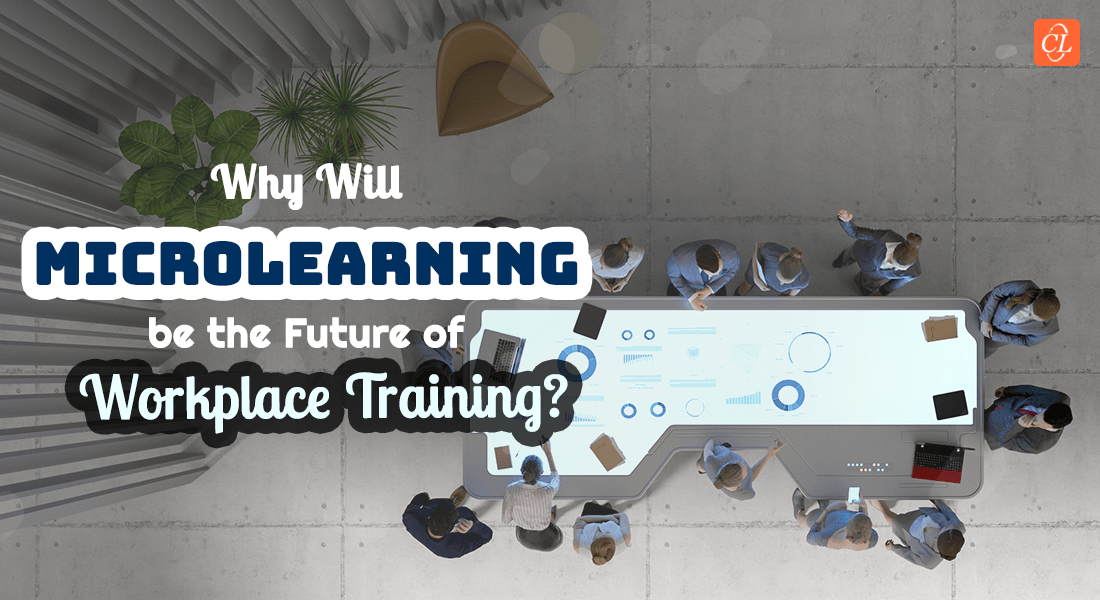How Microlearning Can Bring a Twist to the New Hire Onboarding Tale

Microlearning has managed to take the learning space by storm. For a busy workforce that has very little time to devote to learning, microlearning has been recommended as the go-to-solution to deliver informative, bite-sized learning nuggets.
But can microlearning be leveraged in comprehensive training programs such as employee onboarding? Of course, yes! And that’s what we did for one of our clients who approached us for a new hire onboarding program. Read on to know how we managed to give a microlearning twist to design a robust onboarding program.
How Microlearning Can Enliven Your Onboarding Program?
Let’s discover:
- Simulations for real-world experience
- Flowcharts for process knowledge
- Videos for performance support
- Infographics for instant information
Microlearning for a Robust Onboarding Program
The Protagonist
Every story has a protagonist, and for our onboarding tale it certainly was the client. Our client is ranked among the top 5 global contract research organizations (CRO) in the world and is involved in drug research and development.
The Requirements
Our client wanted a blended learning approach for their onboarding program. The 5-day induction program was to include 3 days of instructor-led training programs followed by 2 days of role-specific e-learning programs. They also wanted instructor guides and participant guides for the classroom training.
The client’s expectations from us:
- The onboarding program had to be engaging for new hires
- The training content had to follow the company’s branding guidelines
The Challenges
Our client had a detailed plan for the 5-day induction training program. But, there were a few challenges:
- The project timeline was more stringent than usual as the client wanted to rollout the training program ASAP to one of its centers in the Asia-Pacific Region.
- The current content the client had was unstructured.
- Multiple reviewers were involved in the project and they were located in different time zones.
The Microlearning Twist
You might be wondering how the client’s challenges had anything to do with microlearning. Though we were working on ILT and e-learning courses, there were a few microlearning assets that we made use of in the onboarding program. Here’s why we decided to use microlearning assets:
- Since timelines were short and learners had to come up the learning curve quickly, microlearning assets would certainly come in handy.
- The unstructured content could be chunked to form simple content that could be published as microlearning assets.
- It was easier for multiple reviewers to review short learning modules as compared to reviewing the full-fledged instructional material.
→ Download Now: Microlearning — Where Does It Fit in Your Learning Strategy?
Here’s how each microlearning asset helped deliver an engaging learning experience for new hires.
1. Simulations for Real-World Experience
Role-specific training had to be imparted to clinical research professionals who had just joined the company. Depending on their role, learners were expected to be familiar with specific data management tools. We created ‘Watch-Try’ simulations that helped learners get familiar with the tool.
How did simulations help?
- Made it easy to get new hires up the learning curve in a short time
- Imparted the skill sets needed to work on business-specific applications
- Provided reinforcement of training
2. Flowcharts for Process Knowledge
It was essential for new hires to know the steps to follow for using data management tools. We made use of flowcharts to visually depict the sequence of activities in a process.
How did flowcharts help?
- Became a ready reckoner to help learners with steps to access and work on the software
- Acted as a quick reference tool for learners on the job. If they forgot what the next step was in the process, they just had to take a quick look at the flowchart to move on to the next step.

3. Videos for Performance Support
The e-learning modules we designed for the client was to help learners get familiar with data management tools. We captured the working of these software tools to provide how-to videos for new hires.
How did videos help?
- Gave learners on-demand access to knowledge, thereby providing performance support
- Provided small bites of learning that focused on specific information
4. Infographics for Instant Information
An infographic is a wonderful microlearning asset to present information quickly and clearly. We had to train new hires on writing effective queries, a task they had to complete as part of the data management team. We used microlearning assets in the form of infographics to provide learners with the solutions to deal with missing data queries.
How did infographics help?
- Presented information in a concise, crisp manner
- Made the learning process interactive by revealing information through clickable tabs
The Results
Our client loved the use of microlearning assets to deliver an effective learning experience. Every onboarding program can make use of microlearning assets to accomplish the following results:
- Deliver learning in spaced intervals that does not overwhelm new hires
- Provide reinforcement of training, even for onboarding conducted as an ILT program
- Enhance the learning experience by providing just-in-time learning support
By blending formal onboarding programs with informal microlearning techniques, you can make the best use of time and resources to get new hires off on the right track. Have you tried microlearning techniques in your onboarding programs? If you haven’t, perhaps this is the right time to explore the opportunities and potential offered by microlearning. Download this eBook to understand where microlearning fits in your learning strategy.
Editor’s note: This post was originally published in 2018 and has been updated for comprehensiveness.




![What are the Best Authoring Tools to Develop Microlearning Assets [Infographic]](https://blog.commlabindia.com/hubfs/blogs/best-authoring-tools-develop-microlearning-assets-info.jpg)

